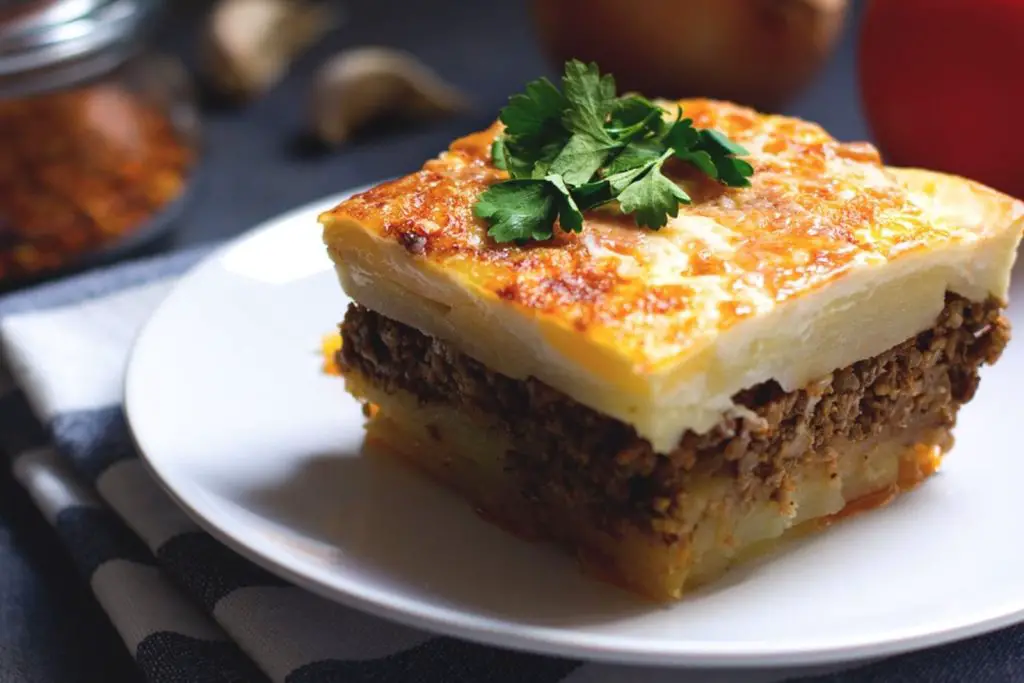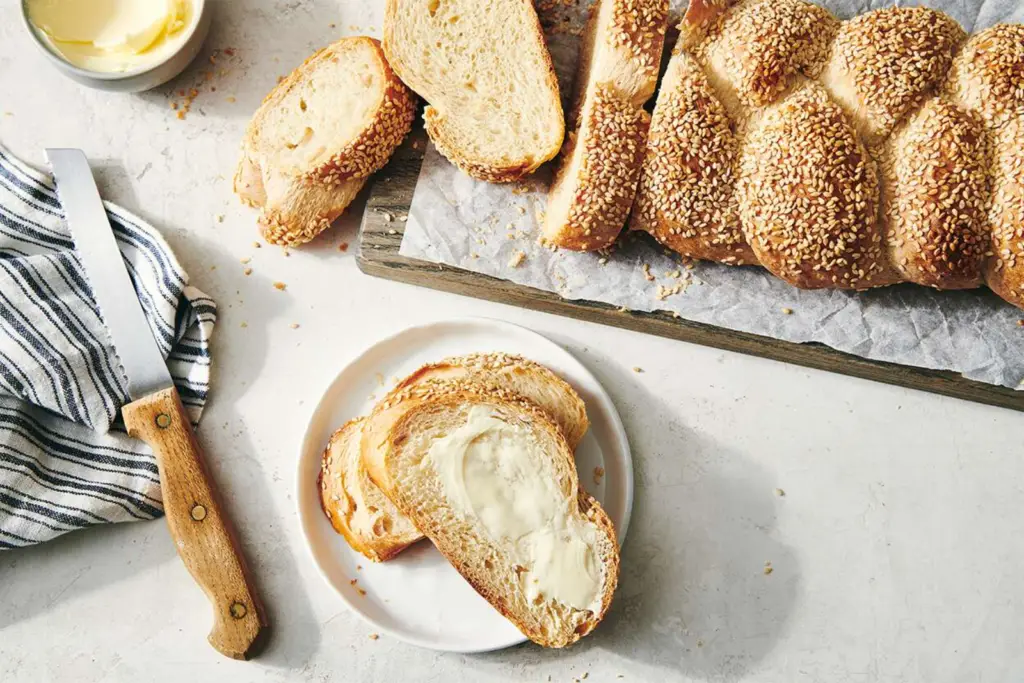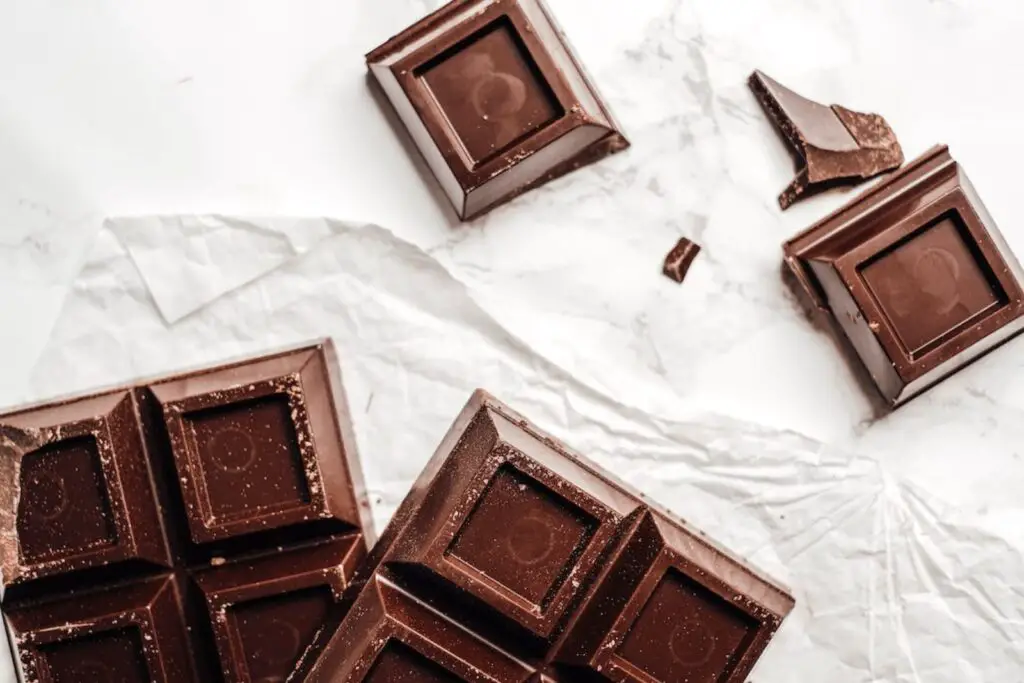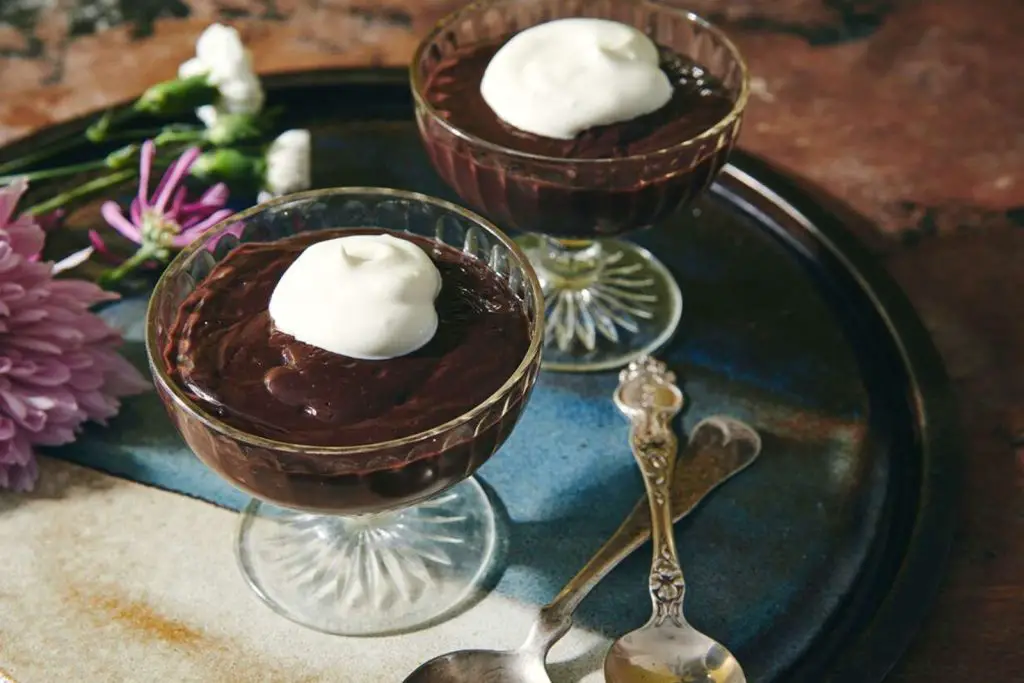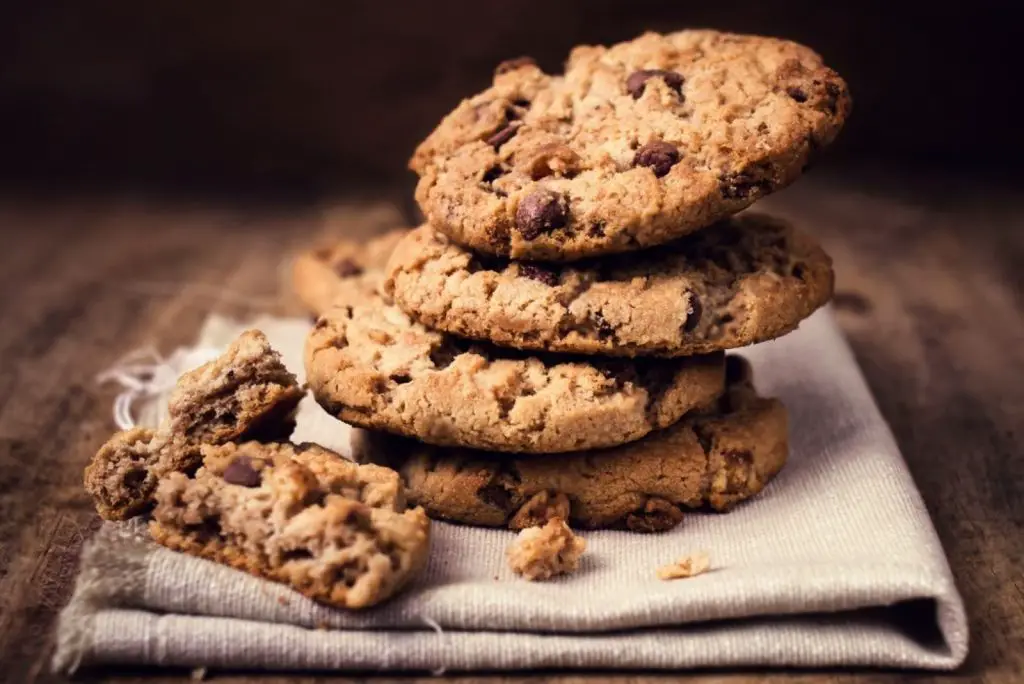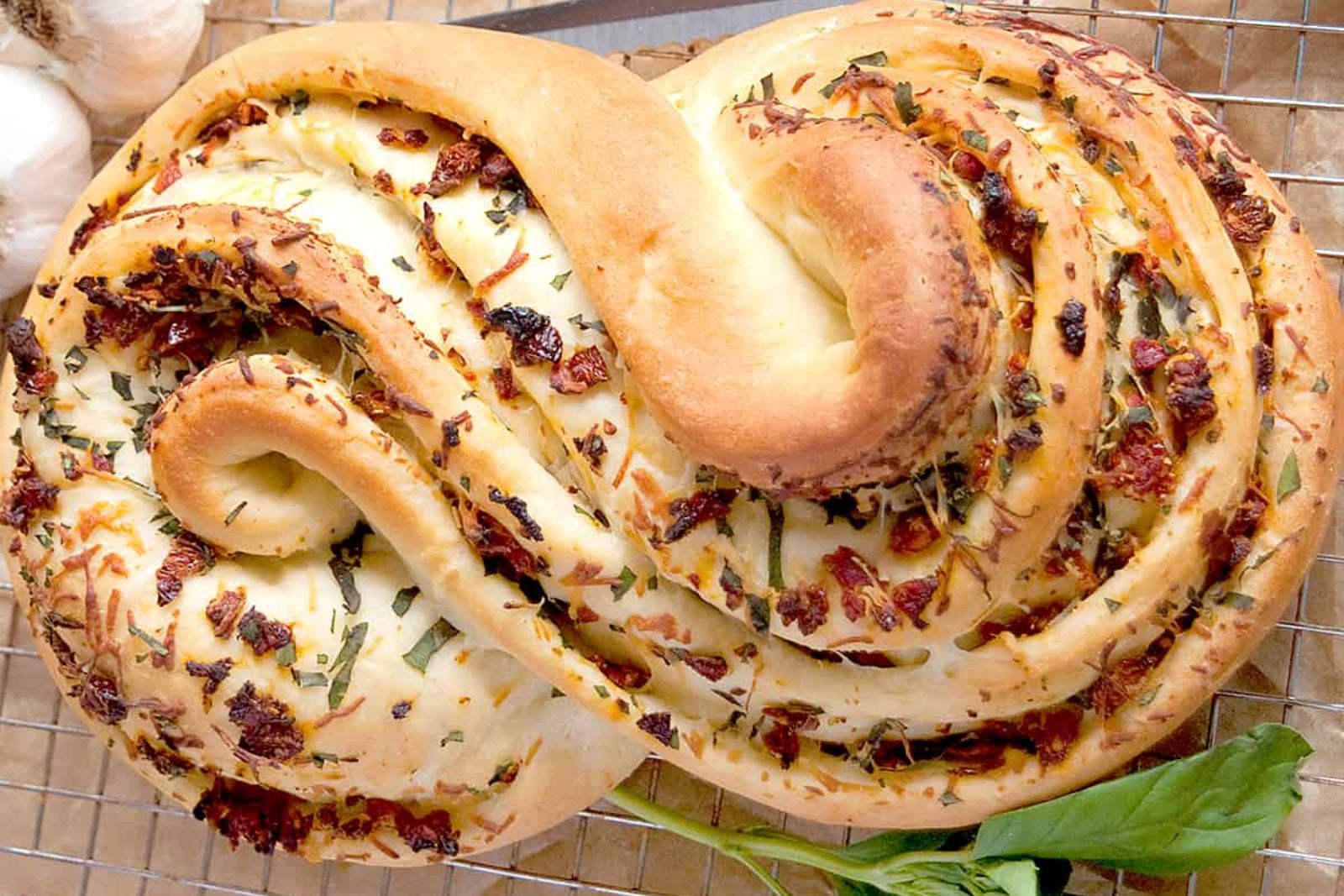
Cuban Panés, the iconic and delectable breaded and fried sandwich, is a beloved culinary delight cherished not only in Cuba but also enjoyed by food enthusiasts around the world. Filled with succulent meats, cheeses, and pickles, these sandwiches are a taste of paradise. Whether you’ve made an extra batch or want to savor the flavors of Cuba beyond the next meal, freezing Cuban Panés is a fantastic way to preserve their deliciousness. In this guide, we’ll walk you through the steps to freeze Cuban Panés while maintaining their crispy texture and mouthwatering taste.
Here’s a step-by-step guide on how to freeze Cuban Panés:
Step 1: Prepare your Cuban Panés
Before you can embark on the journey of freezing Cuban Panés, it’s essential to have these delectable sandwiches ready to go. You have two primary options for this step: you can either craft your own Cuban Panés from scratch using your preferred recipe, or you can acquire them from a local bakery or restaurant. Let’s explore these options in detail:
Option 1: Crafting Cuban Panés from Scratch
If you decide to make Cuban Panés from scratch, here’s how to go about it:
- Gather Ingredients: Start by collecting all the necessary ingredients, which typically include Cuban bread, pork, ham, Swiss cheese, pickles, mustard, and sometimes butter. You can also customize your Panés with variations to suit your taste.
- Prepare the Fillings: Cook the pork and ham until they are tender and flavorful. Slice the Swiss cheese and pickles into thin layers. You can season the meats with spices and marinate them for extra flavor.
- Assemble the Panés: Lay out the Cuban bread and cut it into individual sandwich-sized portions. Traditionally, Cuban bread is long and slender, making it perfect for creating individual sandwiches. Then, layer the ingredients onto the bread, starting with the mustard, followed by the pork, ham, Swiss cheese, and pickles. Some recipes also call for a swipe of butter on the bread’s interior.
- Press and Grill: Once assembled, press the Cuban Panés using a sandwich press, a panini press, or any heavy object to flatten them slightly. The Panés are then grilled or toasted to achieve that perfect crispy crust and melty interior. Cooking them until the cheese is gooey and the bread is golden brown is key to their deliciousness.
Option 2: Acquiring Cuban Panés from a Local Source
If you prefer a more convenient option, you can acquire Cuban Panés from a local Cuban bakery or restaurant. Many places specialize in crafting these iconic sandwiches, ensuring an authentic taste. Here’s how to proceed:
- Visit a Local Bakery or Restaurant: Find a reputable Cuban bakery or restaurant in your area known for its Cuban Panés. You can search online or ask for recommendations from locals or friends.
- Place Your Order: Once you’ve identified a suitable establishment, visit or call to place your order for Cuban Panés. Specify any customizations or preferences you may have, such as extra pickles or a particular type of bread.
- Pick Up Your Panés: When your order is ready, head to the bakery or restaurant to pick up your freshly prepared Cuban Panés. Ensure they are hot and well-packaged for transport.
Step 2: Allow the Panés to cool
Once you have prepared or acquired your delicious Cuban Panés, the next crucial step is to let them cool down to room temperature before proceeding with the freezing process. This step is essential to maintain the quality of your Panés during freezing. Here’s why it matters:
- Preventing Condensation: When food, especially warm or hot food, is placed in a sealed container or wrapped with plastic while it’s still hot, it releases moisture in the form of steam. If you were to seal the Panés immediately, this steam would be trapped inside the packaging. As the trapped steam cools down, it can condense back into water droplets, leading to moisture accumulation inside the packaging.
- Soggy Panés: Moisture inside the packaging is the enemy of crispiness when it comes to Cuban Panés. The condensation can make the bread lose its desirable crunchiness, turning it soggy. Nobody wants a limp sandwich when they’re aiming for a crispy delight.
- Maintaining Flavor: Allowing the Panés to cool to room temperature also allows the flavors to settle and meld naturally. It’s during this cooling phase that the ingredients inside the sandwich come together, enhancing the overall taste. Rushing this process could potentially affect the flavor profile.
To properly cool your Cuban Panés:
- Set them on a Wire Rack: Place the freshly prepared Panés on a wire rack or a cooling tray. This promotes even air circulation around the sandwiches, helping them cool down faster.
- Avoid Sealing or Wrapping: During this cooling phase, refrain from sealing the Panés in airtight containers or wrapping them in plastic. Allow them to sit uncovered to facilitate the dissipation of heat.
- Be Patient: Depending on the room temperature and the size of your Panés, cooling may take anywhere from 20 minutes to an hour. Be patient; it’s a crucial step to maintain the sandwich’s quality.
- Check for Complete Cooling: To ensure they have cooled adequately, touch the Panés gently. They should no longer feel warm to the touch but rather at room temperature throughout.
Step 3: Wrap the Panés individually
After your Cuban Panés have cooled to room temperature, the next important step in the freezing process is to wrap each Pané individually in plastic wrap. This meticulous wrapping is crucial for preserving the quality of your sandwiches during their stay in the freezer. Here’s why individual wrapping matters:
- Prevention of Freezer Burn: Freezer burn is a common issue when food comes into contact with air in the freezer. It occurs when moisture within the food evaporates and then re-condenses as ice crystals on the surface. This can lead to dry, discolored, and unpleasant-tasting food. Wrapping each Pané individually in plastic wrap creates a barrier that prevents air from reaching the sandwich, reducing the risk of freezer burn.
- Maintaining Freshness: The tight seal formed by the plastic wrap helps preserve the freshness of the Cuban Pané by preventing the intrusion of unwanted odors and flavors from other items in the freezer. It also helps retain the Pané’s distinct taste.
- Easy Portion Control: Wrapping each Pané individually allows you to take out and thaw only the number of sandwiches you intend to consume, minimizing food wastage.
Here’s how to properly wrap your Cuban Panés:
- Prepare Plastic Wrap: Cut sheets of plastic wrap into individual portions, ensuring they are large enough to completely encase each Pané.
- Place Pané on Plastic Wrap: Lay one Cuban Pané at the center of a piece of plastic wrap.
- Wrap Tightly: Fold one side of the plastic wrap over the Pané, then fold the opposite side, ensuring the Pané is fully covered. Press gently to remove any air trapped around the sandwich.
- Secure Ends: Fold and twist the ends of the plastic wrap to seal the Pané tightly, similar to wrapping a candy or gift.
- Repeat for Each Pané: Repeat this process for each Cuban Pané, wrapping them individually.
- Label (Optional): If you have multiple varieties or want to note the date, you can label each wrapped Pané with a marker directly on the plastic wrap.
Step 4: Place wrapped Panés in a freezer-safe container
After you’ve meticulously wrapped each Cuban Pané individually in plastic wrap to safeguard them from freezer burn and preserve their freshness, it’s time to take the next step in the freezing process. This step involves transferring the wrapped Panés into a freezer-safe container or a resealable plastic bag. Properly storing the wrapped Panés in a freezer-safe enclosure is vital for several reasons:
- Protection from Freezer Burn: Placing the wrapped Panés in a freezer-safe container or bag provides an additional layer of protection against freezer burn. While the plastic wrap serves as the primary barrier, the container or bag further shields the Panés from exposure to cold, dry air in the freezer.
- Organization: Using a container or bag helps you keep your freezer organized. It prevents the Panés from scattering or getting lost among other items in the freezer. This is especially useful if you have a variety of frozen foods.
- Airtight Seal: A quality freezer-safe container or bag should offer an airtight seal, minimizing the chances of moisture loss or flavor contamination. An airtight seal ensures that your Panés remain as flavorful as they were when you first wrapped them.
Here’s how to properly place your wrapped Panés in a freezer-safe container or bag:
- Select a Freezer-Safe Container or Bag: Choose a container specifically designed for freezer storage or opt for a heavy-duty resealable plastic bag. Both options are suitable for freezing Cuban Panés.
- Arrange the Wrapped Panés: Carefully place the individually wrapped Panés inside the chosen container or bag. Arrange them in a single layer, if possible, to prevent any unnecessary pressure on the sandwiches.
- Minimize Air: While placing the Panés, try to minimize the amount of air trapped inside the container or bag. Excess air can lead to freezer burn. If using a bag, press out as much air as possible before sealing it. For containers, ensure the lid or cover is securely fastened to create an airtight seal.
- Label (Optional): If you like to keep track of the types of Panés or want to record the freezing date, consider labeling the container or bag with a marker.
Step 5: Label and date the container
As you prepare to store your individually wrapped Cuban Panés in the freezer, it’s essential to take a moment to label and date the container or bag. This seemingly simple step can greatly assist you in maintaining a well-organized freezer and ensuring the quality and safety of your frozen Panés. Here’s why labeling and dating are important:
- Tracking Storage Times: Labeling the container or bag with the current date allows you to monitor how long the Cuban Panés have been in the freezer. This is particularly crucial for ensuring food safety, as all frozen items have a recommended storage duration to maintain their best quality and taste.
- Identifying Pané Varieties: If you have prepared or acquired different types of Cuban Panés or if you’ve made any customizations, labeling helps you distinguish between them. This ensures you can select the specific Pané you desire when it’s time to enjoy them.
- Preventing Waste: By knowing when you froze your Panés and which ones are which, you can plan your meals accordingly. This helps prevent unnecessary waste by ensuring you consume them within their optimal storage period.
Here’s how to properly label and date your container or bag:
- Use a Permanent Marker: Select a permanent marker that writes clearly and won’t smudge when it comes into contact with cold or moisture.
- Write the Date: On the container or bag, write the date when you are placing the Cuban Panés into the freezer. This should be the current date.
- Note Pané Type (Optional): If you have different types or variations of Panés, you can also note their names or descriptions on the container or bag. For instance, “Pork Pané,” “Ham and Cheese Pané,” or any customizations you’ve made.
- Be Clear and Legible: Ensure that your labeling is clear and legible, as you’ll want to easily identify and select the Panés when it’s time to enjoy them.
Step 6: Freeze the Panés
After you have carefully wrapped, sealed, labeled, and dated your Cuban Panés, it’s time to freeze them. Proper freezing is essential to maintain the quality, flavor, and safety of your sandwiches. Here’s why this step is crucial:
- Preservation of Freshness: Freezing preserves the Cuban Panés by halting the growth of microorganisms and slowing down chemical reactions that can affect food quality. This ensures that when you’re ready to enjoy your Panés in the future, they taste as delicious as the day you prepared or acquired them.
- Extended Storage Period: Freezing allows you to extend the shelf life of your Cuban Panés significantly. When stored at the correct temperature, they can remain safe and enjoyable for several months.
Here’s how to properly freeze your wrapped Cuban Panés:
- Preparing for Freezing: Ensure your freezer is set to the optimal temperature of 0°F (-18°C) or lower. This temperature range is essential for food safety and quality in the freezer.
- Placement in the Freezer: Gently place the container or bag containing the individually wrapped Cuban Panés inside your freezer. Choose a spot where they won’t be squished or crushed by other items.
- Avoid Overcrowding: Be mindful not to overcrowd the freezer, as good air circulation helps maintain consistent temperatures and prevents frost buildup.
- Quick Freeze: Allow the Panés to freeze quickly by keeping the freezer door closed as much as possible during this initial freezing period. Rapid freezing minimizes the formation of large ice crystals, which can affect texture.
- Patience: Depending on the size and thickness of your Panés, they may take a few hours to freeze completely. Be patient and avoid opening the freezer unnecessarily to check on them.
How long can I store frozen Panés before they lose quality?
Frozen Panés can maintain their quality for 2-3 months when stored at 0°F (-18°C) or lower. While they may remain safe to eat beyond this timeframe, their taste and texture might deteriorate gradually. Proper storage and labeling help you keep track of their freshness.
Step 7: Reheat when ready to eat
The beauty of freezing Cuban Panés is that they can be enjoyed at your convenience, even when they’ve been stored in the freezer for an extended period. When you’re ready to savor these delicious sandwiches, there’s no need to thaw them first. Instead, you can reheat them directly from the freezer to your plate. Here’s how to do it:
- Preheat Your Oven (or Air Fryer): Begin by preheating your oven to 350°F (175°C). Alternatively, if you have an air fryer, you can use it for quicker results.
- Place Panés on a Baking Sheet (or in the Air Fryer): While the oven or air fryer is heating up, take the unwrapped Cuban Panés from the freezer and place them on a baking sheet. If using an air fryer, arrange them in the air fryer basket.
- Bake or Air Fry: When the oven or air fryer is ready, put the Panés inside. Bake for approximately 15-20 minutes in the oven or follow the manufacturer’s instructions for the air fryer. The goal is to heat them through until the interior is piping hot, and the crust becomes crispy again.
- Check for Doneness: Keep a close eye on the Panés as they reheat. The exact time may vary depending on the size and thickness of the sandwiches and the specific appliance you’re using. They are ready when the crust is crispy and the inside is heated thoroughly.
- Serve and Enjoy: Once heated to your satisfaction, remove the Cuban Panés from the oven or air fryer, and serve them piping hot. You can enjoy them just as you would if they were freshly made.
Reheating Cuban Panés directly from the freezer without thawing is convenient and ensures that the sandwiches retain their delightful crispiness. The high heat of the oven or air fryer not only warms the interior but also revitalizes the crust, giving you that satisfying crunch that makes Cuban Panés so irresistible. This method allows you to relish the flavors of Cuba without the need for time-consuming thawing processes.
Other related questions
Can I refreeze Panés?
Refreezing Cuban Panés is generally not recommended due to potential quality and safety concerns. When food is thawed and refrozen, it can undergo changes in texture and flavor, and there’s a risk of bacterial growth if it’s not handled properly. To maintain the best quality and safety, it’s advisable to only thaw and reheat the amount of Panés you intend to consume in one sitting and avoid refreezing any leftovers.
How do I know if the Panés have gone bad after being frozen?
To determine if frozen Cuban Panés have gone bad, look for signs such as freezer burn, noticeable changes in texture or taste, or the presence of ice crystals on the surface. If there are any off-putting odors or the Panés appear discolored, it’s best to discard them. Proper storage and adherence to recommended freezing times can help prevent spoilage.
Can I freeze Panés with different fillings?
Yes, Panés with different fillings can be frozen effectively. To do so, wrap each Pané individually in plastic wrap to prevent freezer burn and air exposure. Label them for easy identification, and store them in a freezer-safe container or bag. This method allows you to enjoy a variety of Panés at your convenience, reheating them directly from the freezer as needed.
Can I freeze Panés with gluten-free or special dietary fillings?
Yes, Panés with gluten-free or special dietary fillings can be frozen effectively. Ensure proper wrapping to prevent cross-contamination. Follow the same freezing and reheating procedures, maintaining dietary preferences and avoiding allergenic concerns.
Can I freeze homemade Panés that I’ve partially eaten?
It’s generally not advisable to freeze partially eaten Panés due to food safety concerns. Once food has been exposed to air and consumed, it can introduce bacteria that may not be eliminated by freezing. It’s best to freeze only freshly prepared or untouched Panés.
Can I freeze Panés that have been stored in the refrigerator for a day or two?
Yes, you can freeze Panés that have been briefly stored in the refrigerator, but it’s essential to wrap and store them properly to prevent moisture loss and maintain their quality. Follow the freezing steps mentioned in the guide.

